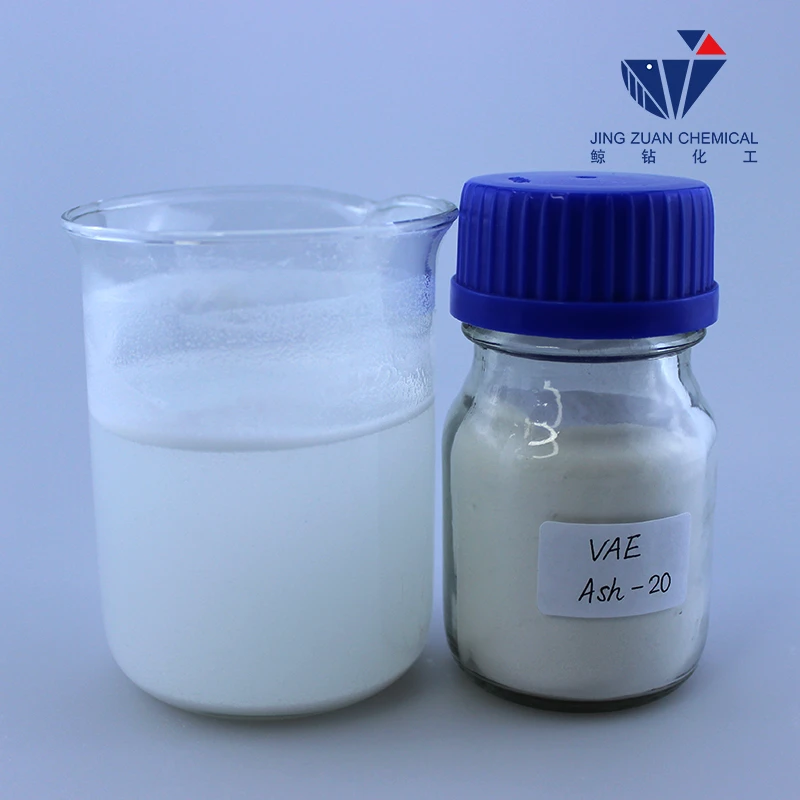
sep . 17, 2024 02:04 Back to list
Hydroxypropyl Methyl Cellulose (HPMC) | CAS No. 9004-65-3
Hydroxypropyl Methyl Cellulose An Overview
Hydroxypropyl methyl cellulose (HPMC) is a semi-synthetic polymer derived from cellulose, which is one of the most abundant organic polymers on Earth. HPMC is widely used in various industries, including pharmaceuticals, food, construction, and cosmetics, making it an essential ingredient in numerous applications.
Chemical Structure and Properties
HPMC is created by chemically modifying cellulose through the substitution of hydroxyl groups with hydroxypropyl and methyl groups. This modification imparts unique properties to the polymer, such as improved solubility, viscosity, and gel-forming ability. HPMC is typically available in powder form, which can be dissolved in water to form a clear, viscous solution. The degree of substitution of hydroxyl groups determines its functional properties, making it versatile for different applications.
One key feature of HPMC is its ability to form gels and emulsions. This property is particularly useful in pharmaceutical formulations, where HPMC acts as a thickening agent, stabilizer, or controlled-release agent. In food applications, HPMC is often employed as an emulsifier, aiding in the uniform distribution of ingredients.
Applications
1. Pharmaceutical Industry HPMC plays a crucial role in the formulation of tablets, capsules, and liquid medications. In sustained-release formulations, it helps control the release of active pharmaceutical ingredients (APIs) by forming a gel matrix in the gastrointestinal tract. Additionally, HPMC is used as a coating agent to enhance the stability and appearance of tablets.
hydroxypropyl methyl cellulose cas no

2. Food Industry In the food sector, HPMC is recognized as a safe food additive (E464) that enhances texture and stability. It is commonly found in gluten-free products, sauces, and dressings, where it acts as a thickener and stabilizer. HPMC also improves the mouthfeel of food products, contributing to a better dining experience.
3. Construction Industry HPMC is utilized in building materials, especially mortars and plasters. It improves workability and adhesion, allowing for smoother application and better performance of construction materials. It also enhances water retention, extending the open time for mixing and application.
4. Cosmetics and Personal Care In cosmetics, HPMC serves as a thickening agent and film-forming agent in various products, including creams, lotions, and gels. Its ability to stabilize emulsions ensures that cosmetic products maintain their desired consistency and effectiveness over time.
Safety and Regulation
HPMC is generally recognized as safe (GRAS) when used in food applications and has been approved by various regulatory agencies, including the FDA and EFSA. Its non-toxic nature makes it suitable for use in sensitive applications, ensuring consumer safety.
Conclusion
Hydroxypropyl methyl cellulose is a versatile and valuable polymer with a broad range of applications across multiple industries. Its unique properties make it indispensable in pharmaceuticals, food production, construction, and cosmetics. As industries continue to innovate and expand, the demand for HPMC is likely to grow, reinforcing its status as a key ingredient in modern formulations. Overall, HPMC highlights the significance of cellulose derivatives in enhancing product performance and quality across various sectors.
-
Unlocking the Benefits of HPMC Products: A Gateway to Versatile Applications
NewsAug.07,2025
-
Unleashing the Potential of HPMC Ashland: A Comprehensive Look
NewsAug.07,2025
-
Tile Bonding Cellulose: The Key to Superior Adhesion and Durability
NewsAug.07,2025
-
Hydroxypropyl Methylcellulose Powder: The Versatile Component in Modern Pharmaceuticals
NewsAug.07,2025
-
Hydroxyethyl Cellulose: The Versatile Solution for Various Industries
NewsAug.07,2025
-
Hydroxyethyl Cellulose (HEC): The Versatile Polymer for Various Applications
NewsAug.07,2025







